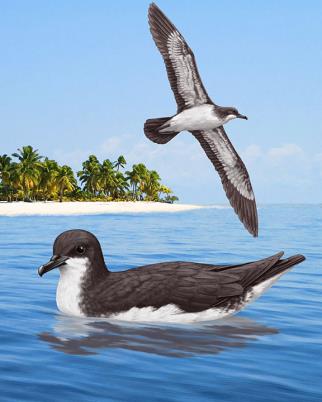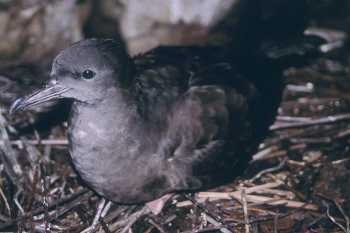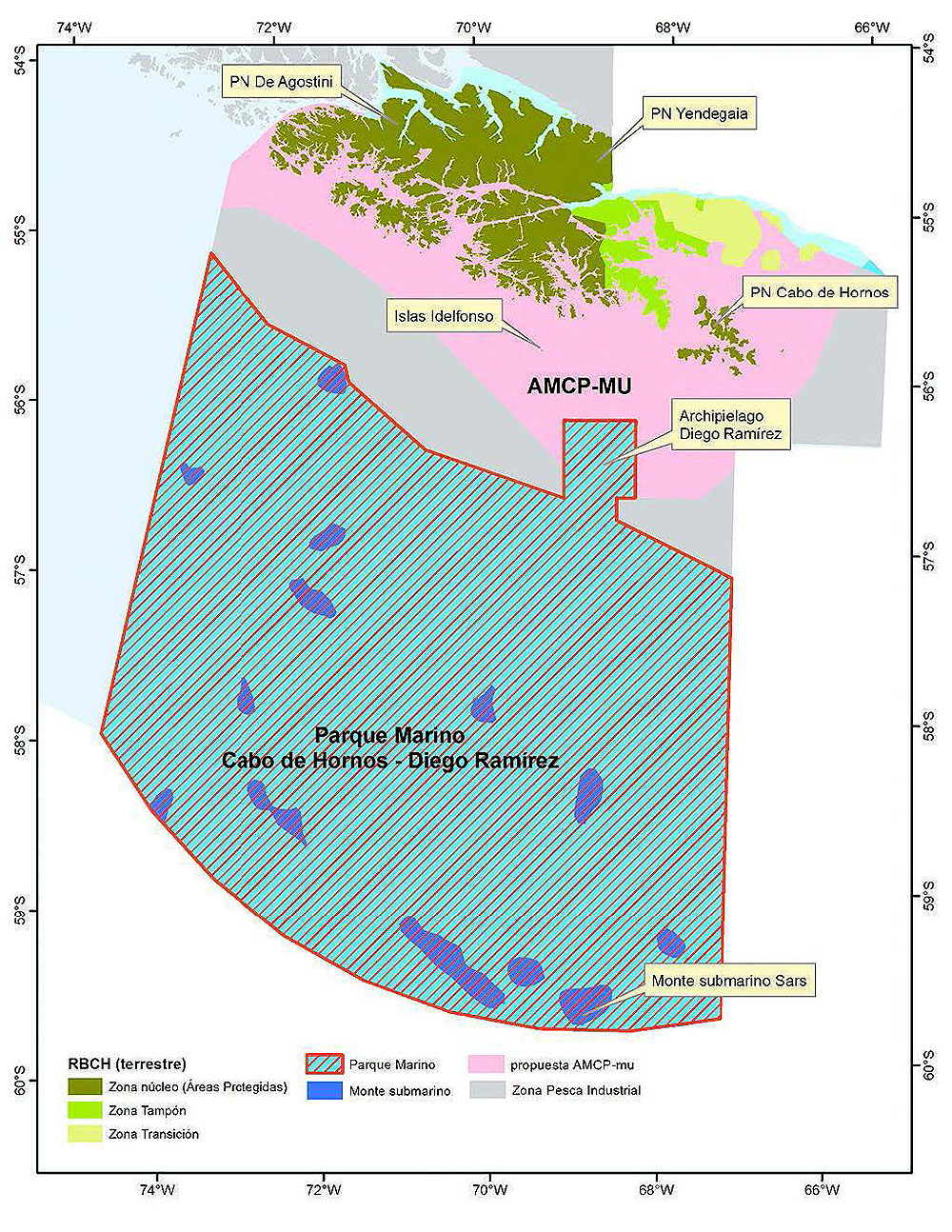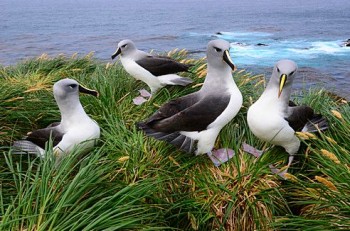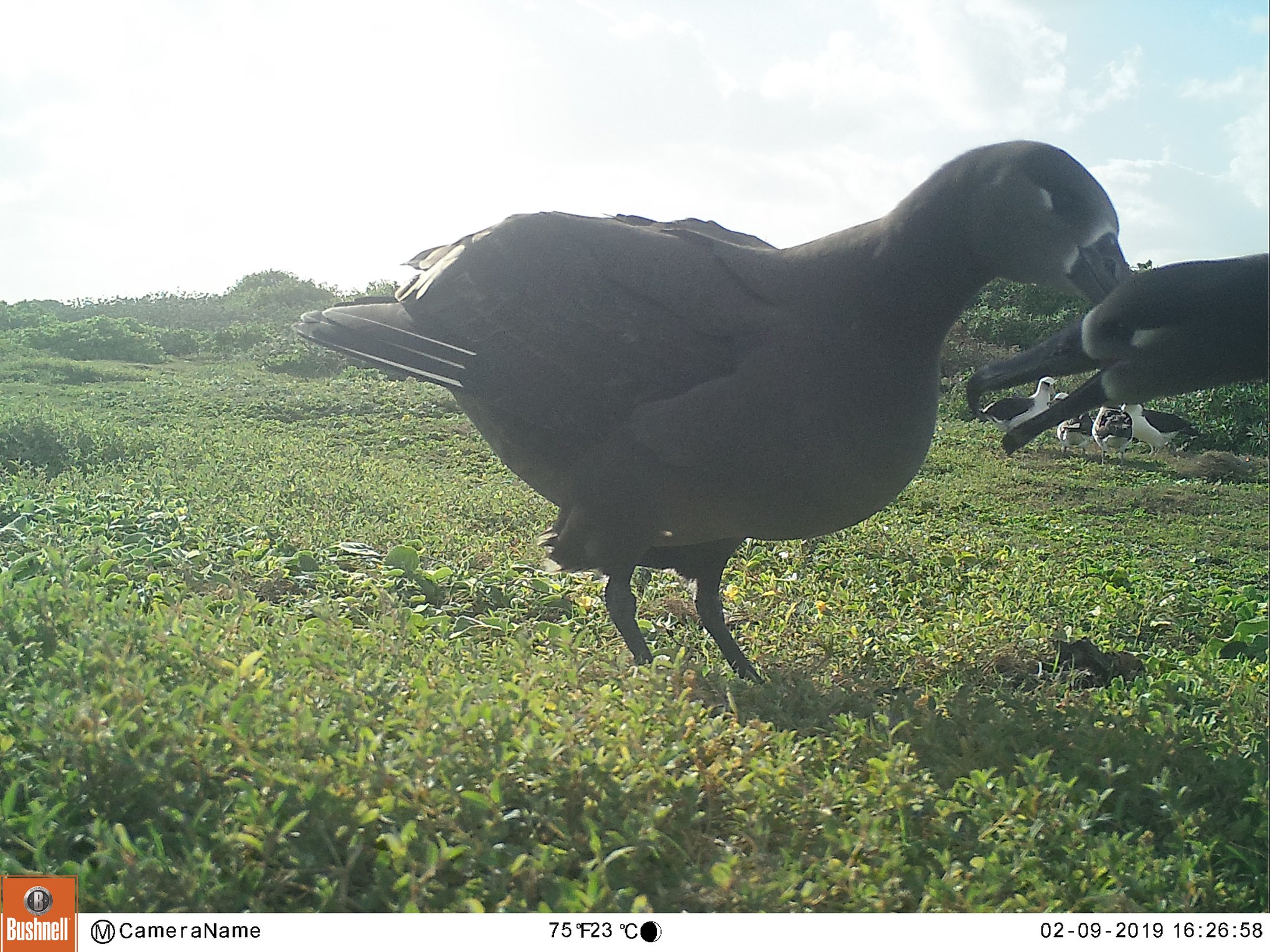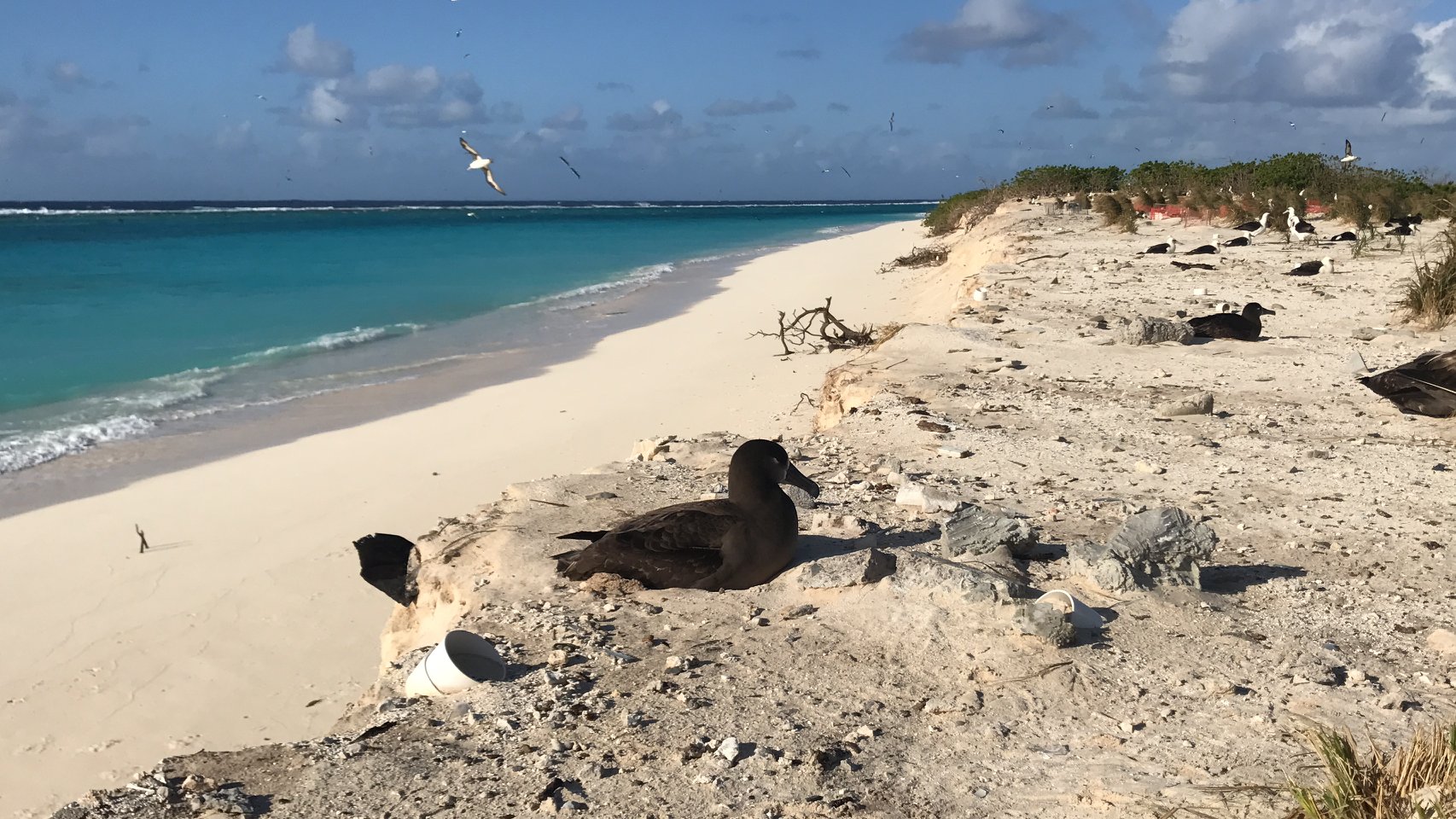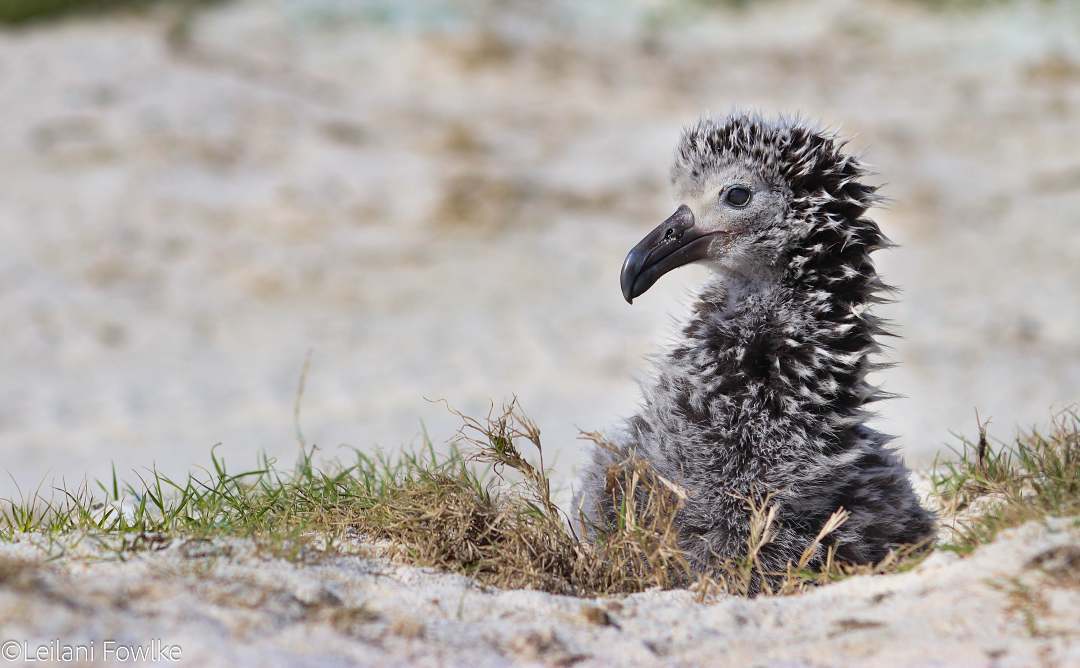Natasha Vokhshoori (Ocean Sciences Department, University of California, Santa Cruz, California , USA) and colleagues have published open access in the journal Marine Ecology Progress Serieson an analysis of bones of (the now globally Vulnerable) Short-tailed Albatrosses Phoebastria albatrus found in archaeological digs.
The paper’s abstract follows:
“The short-tailed albatross Phoebastria albatrus was nearly driven to extinction in the early 20th century, but is one of the most common seabirds found in coastal archaeological sites in Japan, the Aleutian Islands, and the Channel Islands off southern California. Today, this species nests on only 2 islands off southern Japan and spends the majority of its time foraging in waters west of the Aleutians. We used carbon and nitrogen isotope analysis of bulk tissue (bone collagen) and its constituent amino acids from modern samples of all 3 North Pacific albatross species as well as ancient short-tailed albatross to show that ancient short-tailed albatross foraged east of the Aleutian Islands more frequently than their modern counterparts. Isotope mixing models correctly assigned each species to its known foraging habitats, validating our approach on ancient short-tailed albatross. Mixing models also showed that ancient short-tailed albatross from both western and eastern North Pacific archaeological sites spent more time in the California Current than their modern congeners. However, ancient albatross remains from archaeological sites off southern California are isotopically distinct from those found in sites from the western North Pacific, suggesting this species previously had a more complex population structure. We found that modern short-tailed albatross occupy a higher trophic level than their ancient counterparts, which may be due to their consumption of bait and offal from longline fisheries. As extant short-tailed albatross recover from historical over-exploitation, the reconstruction of their historical ecology helps in identifying likely areas for foraging and possible breeding range expansion.”
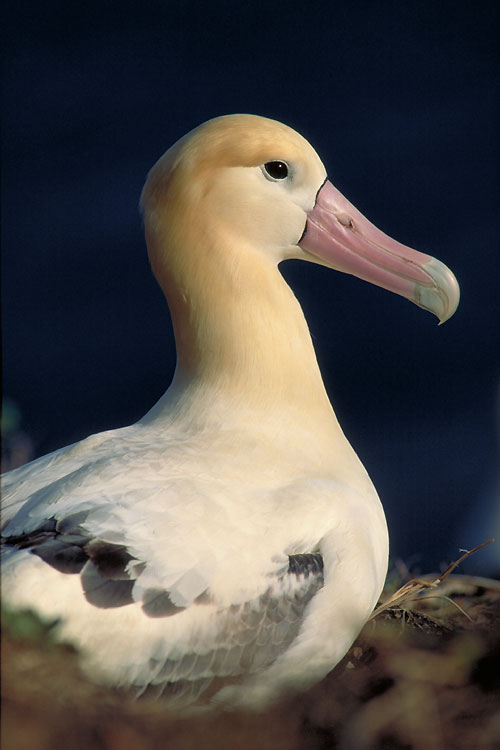
Adult Short-tailed Albatross on Torishima, photograph by Hiroshi Hasegawa
Reference:
Vokhshoori, N.L., McCarthy, M.D., Collins, P.W., Etnier, M.A., Rick, T., Eda, M., Beck, J. & Newsome, S.D. 2019. Broader foraging range of ancient short-tailed albatross populations into California coastal waters based on bulk tissue and amino acid isotope analysis. Marine Ecology Progress Series 610: 1-13.
John Cooper, ACAP Information Officer, 08 March 2019

 English
English  Français
Français  Español
Español 